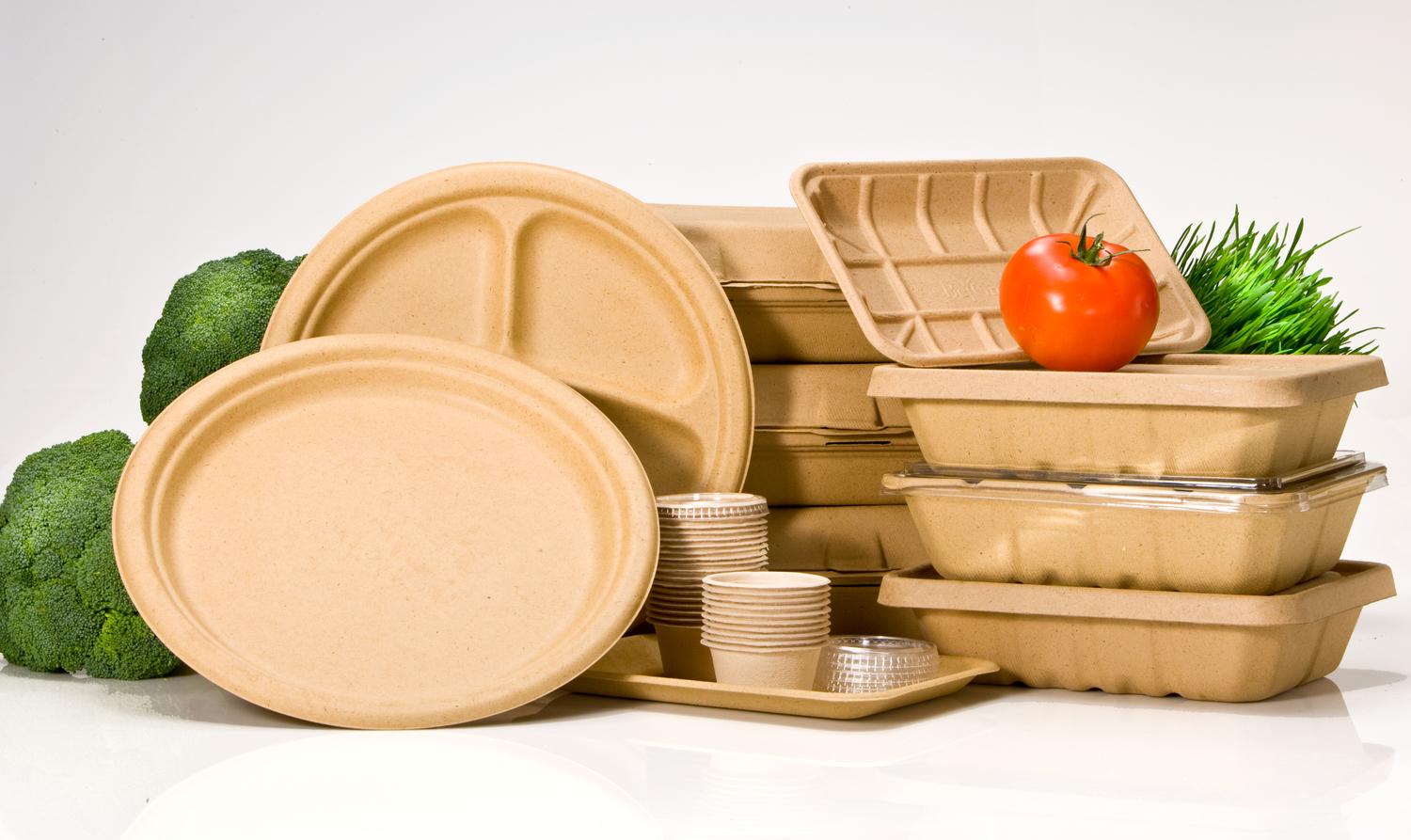Biodegradable Packaging Materials Market Faces Growth Challenges Amid Environmental and Economic Pressures

The global biodegradable packaging materials market has gained significant momentum in recent years as consumer awareness of environmental issues grows and governments push for sustainable alternatives to traditional plastics. Biodegradable packaging offers a compelling solution to the escalating problems of plastic pollution and waste management. These materials, derived from renewable sources such as starch, cellulose, PLA (polylactic acid), and PHA (polyhydroxyalkanoates), are capable of decomposing under natural environmental conditions. However, despite this positive trajectory, the industry faces multiple growth challenges that hinder large-scale adoption and consistent profitability.
Rising Demand Driven by Environmental Awareness
A surge in demand for eco-friendly packaging is evident across sectors like food and beverage, personal care, pharmaceuticals, and e-commerce. Customers now prefer sustainable products and packaging, prompting brands to shift their strategies. Moreover, stringent regulations in regions like the European Union and North America further bolster this shift by limiting the use of single-use plastics and mandating compostable alternatives. Nevertheless, while the market potential is immense, key challenges continue to slow down growth.
High Production Costs and Price Sensitivity
One of the primary challenges facing the biodegradable packaging industry is the relatively high cost of production. Biodegradable materials often require complex processing techniques and advanced technologies that elevate production expenses. Compared to conventional plastic packaging, the cost per unit of biodegradable alternatives remains significantly higher, making it difficult for small and medium-sized enterprises (SMEs) to make the switch. In price-sensitive markets such as India, Southeast Asia, and Africa, this acts as a major deterrent.
Infrastructure Limitations for Composting and Recycling
The effectiveness of biodegradable packaging depends heavily on the availability of appropriate waste management infrastructure. Industrial composting facilities are essential for the efficient breakdown of certain bioplastics like PLA, which do not degrade properly in natural environments or landfills. However, many countries lack the infrastructure to process biodegradable materials separately from regular plastic waste. This not only leads to contamination but also reduces the efficacy and credibility of the material’s eco-friendly claims.
Performance and Shelf-Life Concerns
Although biodegradable materials are environmentally advantageous, they often fall short in terms of performance compared to their petroleum-based counterparts. Many biodegradable options have limitations in barrier properties, moisture resistance, and shelf life. This makes them unsuitable for certain applications, particularly in food packaging where durability, hygiene, and product integrity are crucial. Until technology allows these materials to match the performance of traditional packaging, growth will remain constrained.
Supply Chain Instability and Raw Material Availability
The sourcing of raw materials like corn starch, sugarcane, and other agricultural products poses another set of challenges. Fluctuations in crop yields due to climate change, rising costs of agricultural inputs, and competing demands from the food and fuel industries contribute to supply chain instability. Moreover, ethical concerns around the use of food crops for packaging purposes may lead to regulatory restrictions, especially in regions struggling with food security.
Regulatory Uncertainty and Standardization
Despite growing regulations promoting sustainability, the biodegradable packaging industry still suffers from a lack of clear, uniform global standards. Differing definitions of what constitutes “biodegradable” or “compostable,” along with inconsistent labeling requirements, confuse consumers and businesses alike. In the absence of a cohesive regulatory framework, companies face hurdles in marketing and distributing their products internationally.
Innovation and Investment Opportunities
Despite the hurdles, the market holds immense potential for innovation and investment. Research and development in biopolymers, advanced composting techniques, and hybrid materials offer promising solutions. Companies investing in partnerships with governments, research institutes, and waste management firms are better positioned to tackle existing bottlenecks. Additionally, increasing venture capital and public funding for green technologies signal a positive outlook for future growth.
Conclusion
The biodegradable packaging materials market is undoubtedly on an upward trajectory, fueled by consumer demand and regulatory pressures. However, challenges related to cost, infrastructure, performance, and regulation continue to pose barriers to sustained growth. Overcoming these challenges will require coordinated efforts from manufacturers, governments, and consumers alike. Through innovation, policy support, and strategic investment, the market can overcome its current limitations and play a transformative role in shaping a more sustainable future for global packaging.
- Art
- Causes
- Crafts
- Dance
- Drinks
- Film
- Fitness
- Food
- Games
- Gardening
- Health
- Home
- Literature
- Music
- Networking
- Other
- Party
- Religion
- Shopping
- Sports
- Theater
- Wellness


